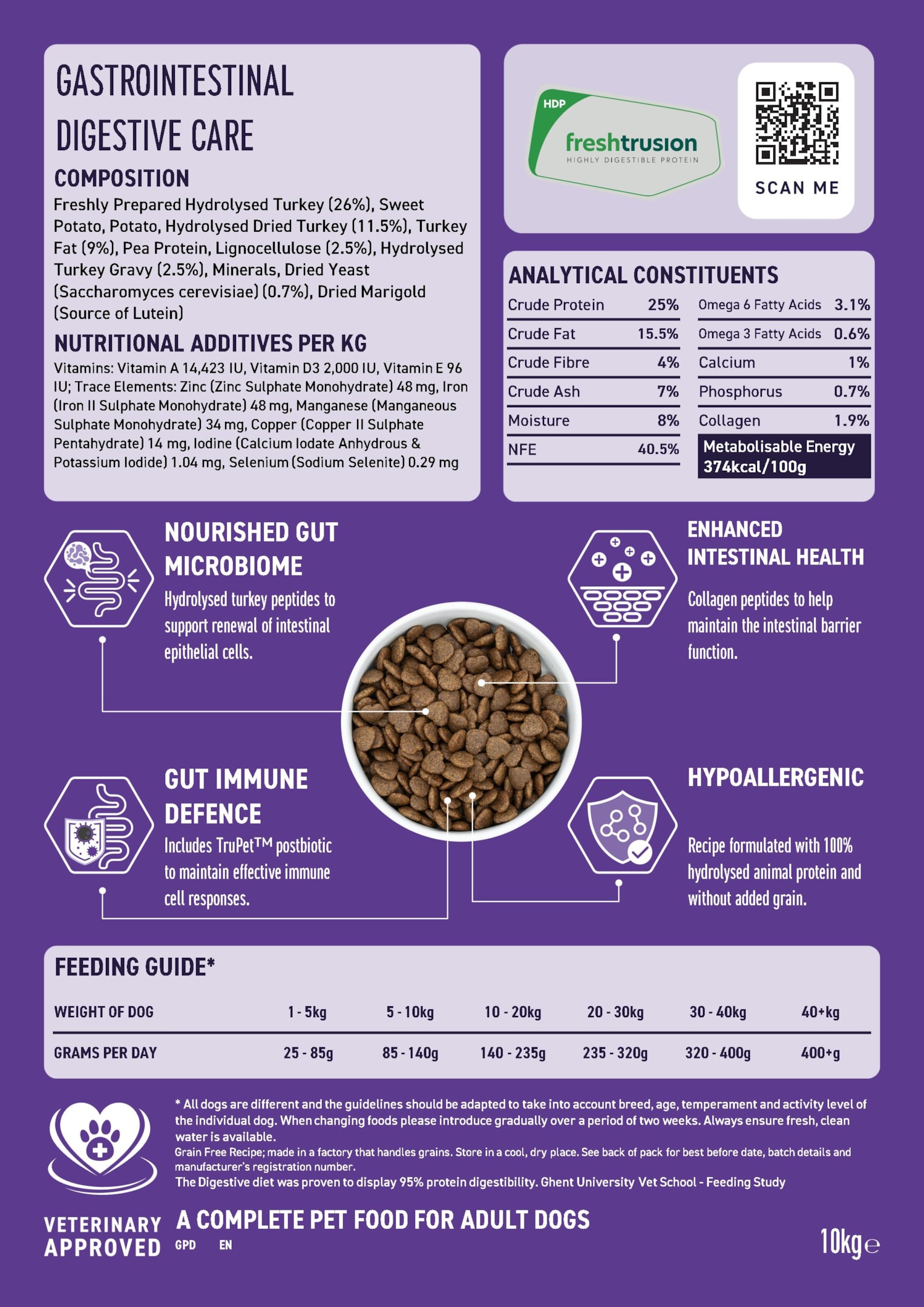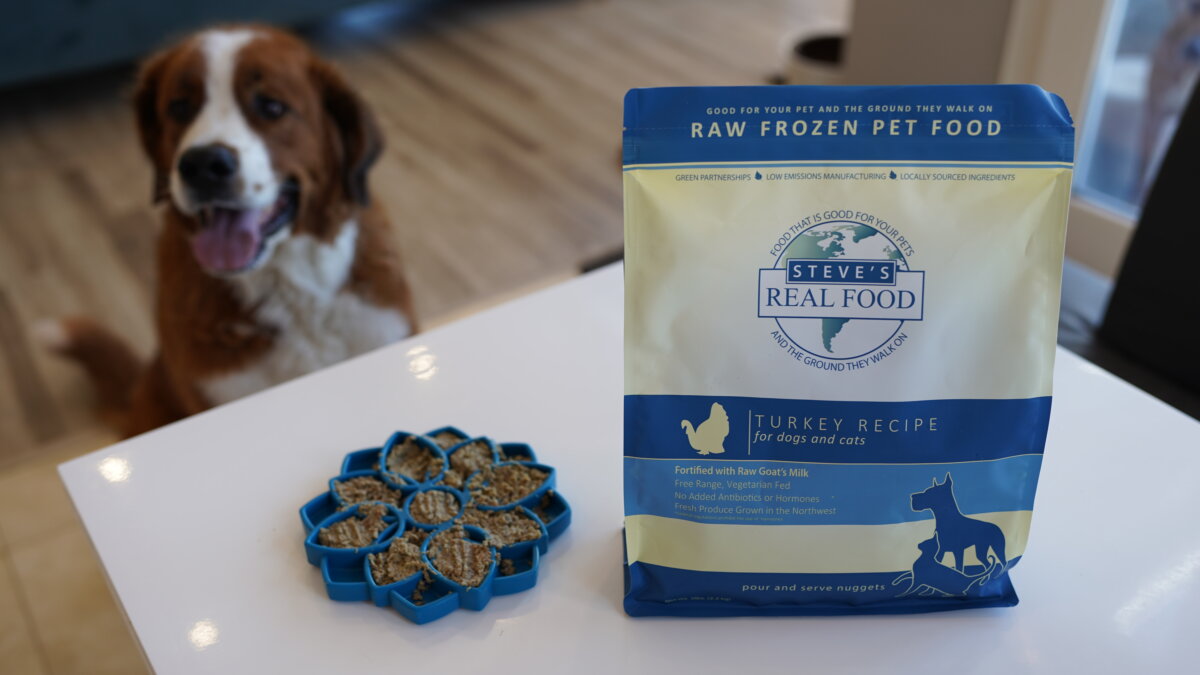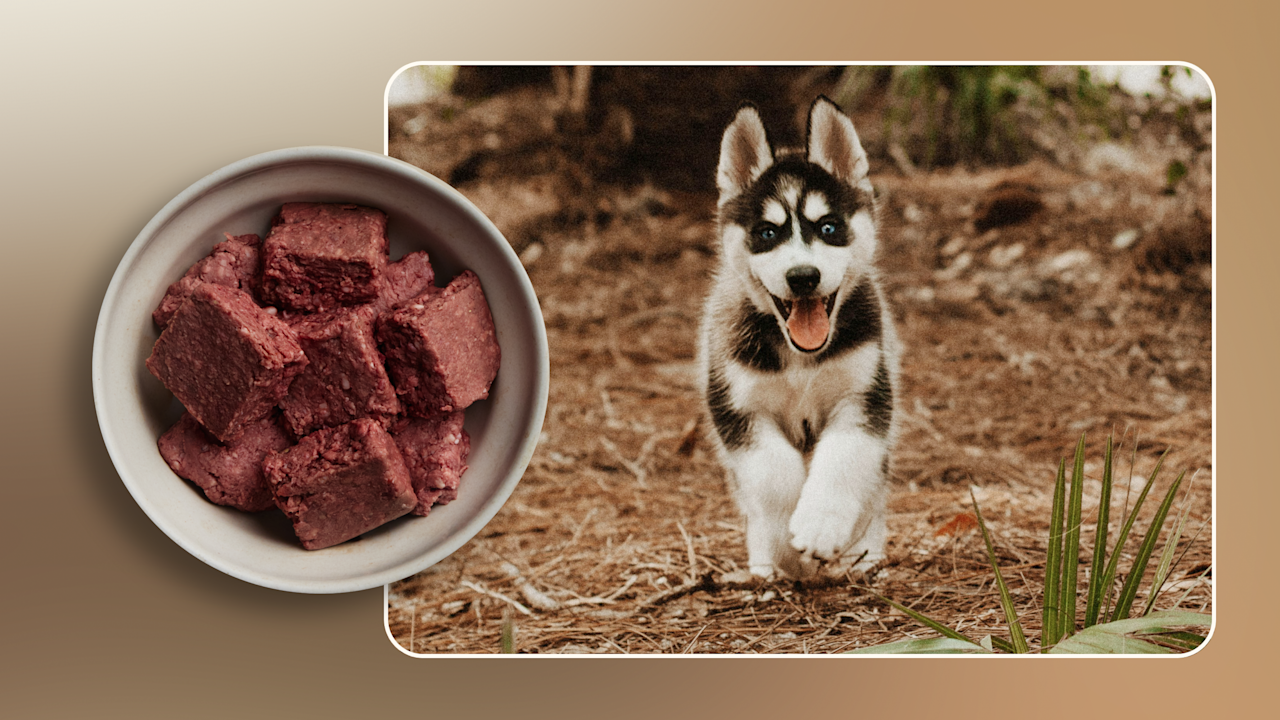Choosing the right food for your dog can feel overwhelming. You see dozens of options, each with a label full of confusing words and numbers.
But understanding how to read nutrition labels on dog food can make this task much easier. When you know what to look for, you can pick the best food that keeps your dog healthy and happy. Ready to take control of your dog’s diet?
Keep reading, and you’ll discover simple tips that make label reading quick and stress-free.

Credit: ultimatepetfoods.co.uk
Ingredients To Watch
Knowing which ingredients to watch for on your dog’s food label can make a big difference in their health and happiness. Not all components listed are equal—some provide real nutrition, while others may cause harm or offer little benefit. Paying close attention helps you pick food that truly supports your dog’s well-being.
Identifying Protein Sources
Protein is essential for your dog’s muscles, skin, and overall energy. Look for named meat sources like “chicken,” “beef,” or “salmon” rather than vague terms such as “meat meal” or “animal by-products.”
These named proteins often provide better quality and digestibility. If you see “chicken meal,” it’s a concentrated protein, but “meat meal” could include less nutritious parts. Ask yourself: Does this food clearly state where its protein comes from?
Recognizing Fillers And Additives
Fillers like corn, wheat, and soy often appear to bulk up dog food cheaply. They add calories but little real nutrition and can sometimes cause digestive issues.
Watch out for artificial colors, flavors, and preservatives too. Ingredients such as BHA, BHT, or ethoxyquin might extend shelf life but could affect your dog’s health over time. Would you want these in your dog’s diet daily?
Spotting Allergens
Common allergens in dog food include beef, dairy, wheat, and chicken. If your dog shows signs of itching, digestive upset, or ear infections, allergens could be the cause.
Labels rarely highlight allergens outright, so you need to recognize them yourself. Checking ingredient lists regularly helps you avoid foods that might trigger your dog’s sensitivities. How confident are you in spotting hidden allergens that could harm your furry friend?
Nutritional Components
Understanding the nutritional components on your dog food label is key to choosing the right diet for your furry friend. These components tell you what your dog will actually be eating and how it will support their health. Let’s break down the main nutrients you should focus on when reading the label.
Understanding Protein And Fat Content
Protein is essential for your dog’s muscle growth, repair, and overall energy. Look for named animal proteins like chicken, beef, or fish high on the ingredient list—that usually means better quality.
Fat provides energy and helps absorb certain vitamins. Check the fat percentage to ensure it matches your dog’s activity level; active dogs often need more fat, while less active or older dogs may require less.
Checking Carbohydrates And Fiber
Carbohydrates provide energy but are less crucial than protein and fat. Ingredients like rice, barley, or sweet potatoes are common carbohydrate sources in dog food.
Fiber supports digestion and stool health. If your dog has digestive issues, look for foods with added fiber sources like beet pulp or pumpkin.
Vitamins And Minerals To Note
Vitamins and minerals keep your dog’s immune system strong and support bone health. Key ones to watch for include vitamin E, vitamin A, calcium, and phosphorus.
Some labels list these nutrients with their percentages or amounts, helping you compare different foods. Are you paying attention to these details to avoid nutritional gaps in your dog’s diet?
Guaranteed Analysis Breakdown
The Guaranteed Analysis section on dog food labels shows nutrient levels. It helps pet owners understand the food’s quality. This part lists important nutrients and their amounts. Knowing how to read it ensures your dog gets balanced nutrition.
Decoding Minimum And Maximum Values
Guaranteed Analysis lists nutrients as minimum or maximum percentages. “Minimum” means the nutrient will not be less than the stated amount. This applies to protein, fat, and fiber. “Maximum” means the nutrient will not exceed the listed value. This is common for moisture and ash content. These values protect your dog from too little or too much nutrients.
Comparing Nutrient Percentages
Compare protein and fat percentages to match your dog’s needs. Higher protein supports active or growing dogs. Fat provides energy but should be balanced. Fiber aids digestion and keeps stool healthy. Moisture affects food texture and shelf life. Use these numbers to pick suitable food for your dog’s health.
Calorie Information
Understanding calorie information on your dog’s food label is key to managing their health. Calories tell you how much energy your dog will get from their meal. Knowing this helps you feed just the right amount to keep your dog active and at a healthy weight.
Estimating Energy Needs
Every dog needs a different amount of calories based on their size, age, and activity level. A small, less active dog needs fewer calories than a large, energetic one. You can estimate your dog’s daily calorie needs by considering:
- Weight:Larger dogs burn more calories.
- Age:Puppies and young dogs require more energy.
- Activity level:More active dogs need extra fuel.
Think about your dog’s typical day. Does your dog run around the park or prefer naps? This will affect how much energy they burn.
Reading Calorie Content On Labels
Dog food labels list calories as “kcal” or “Cal” per serving or per cup. This number shows how much energy your dog gets from that amount of food. Always check whether the calories are measured per cup, per can, or per kilogram to avoid confusion.
Sometimes, calorie content is listed in a small font or hidden in the nutritional information section. Don’t hesitate to look closely or visit the manufacturer’s website if you can’t find it easily.
Remember, the calorie number helps you figure out how much food to give. If your dog needs 500 kcal a day and the label says 250 kcal per cup, you know to feed two cups daily. Have you checked if you’ve been feeding the right portions based on calories?
Label Claims And Certifications
Understanding the label claims and certifications on dog food can change the way you shop for your furry friend. These claims often highlight the food’s benefits, but some are just marketing buzzwords. Certifications, on the other hand, can give you real assurance about the product’s quality and safety.
Common Marketing Terms
Labels like “natural,” “organic,” or “grain-free” catch your eye easily. But what do these words actually mean? “Natural” usually means the food contains no artificial colors or flavors, but it doesn’t guarantee nutrition quality. “Organic” requires ingredients to meet specific farming standards, which can be a sign of fewer chemicals.
“Grain-free” sounds healthy, but it’s not always better for every dog. Some pets need grains for energy, so this label isn’t a one-size-fits-all solution. Watch out for terms like “complete and balanced”—these indicate the food meets minimum nutritional standards set by pet authorities.
Recognizing Quality Seals
Certifications offer a clearer picture of a dog food’s quality. Look for seals from organizations like AAFCO (Association of American Feed Control Officials), which means the food meets established nutritional guidelines. This seal reassures you that the product supports your dog’s health.
Other seals, like USDA Organic or Non-GMO Project Verified, show the food was made with specific ingredient standards. These certifications help you avoid harmful additives and support higher ingredient quality. Have you noticed if your dog reacts differently to foods with these seals? Paying attention to these details can improve your pet’s wellbeing.

Credit: www.facebook.com
Expiration And Storage Tips
Understanding expiration dates and storage tips helps keep your dog’s food fresh and safe. Proper handling maintains nutrition and prevents spoilage. This section guides you on checking expiry dates and storing dog food correctly.
Checking Expiry Dates
Always find the expiration date on the dog food package. It shows the last day the food is best to use. Avoid buying food with a date close to today. Expired food can lose nutrients and taste bad. Fresh food keeps your dog healthy and happy.
Proper Storage Practices
Store dog food in a cool, dry place away from sunlight. Heat and moisture cause food to spoil faster. Use airtight containers to keep food fresh and stop bugs. Avoid keeping food in the original bag alone, as it can tear or let air in.
- Keep storage containers clean and dry.
- Do not mix new food with old food.
- Buy food in smaller amounts to use quickly.
- Check food for unusual smell or color before feeding.

Credit: stevesrealfood.com
Frequently Asked Questions
What Do Dog Food Labels Include?
Dog food labels include key details like ingredients, nutritional content, and feeding guidelines. They help pet owners understand the food’s quality and suitability for their dog’s needs. Check for protein sources, essential vitamins, and minerals. Ingredients are listed by weight, starting with the most abundant.
How Can I Understand Protein Content?
Protein content is listed on the nutrition label as a percentage. Look for high-quality protein sources like chicken or beef. Ensure it meets your dog’s dietary needs. Remember, adult dogs typically require a protein level of 18-25%. Puppies may need higher protein levels for growth.
What Should I Check In Ingredient List?
Check for whole, recognizable ingredients like chicken, beef, or fish. Avoid fillers like corn and soy. Look for named meat sources instead of generic terms like “meat meal. ” Whole grains and vegetables are beneficial. Ingredients are listed by weight, so the first few items are most important.
Are Preservatives Harmful To Dogs?
Not all preservatives are harmful. Look for natural preservatives like vitamin E (tocopherols) instead of artificial ones. Artificial preservatives might have long-term health effects. Natural options ensure freshness without potential side effects. Always review the label for ingredients that suit your dog’s health needs.
Conclusion
Reading dog food labels helps you choose healthy meals for your pet. Check the ingredients list carefully. Look for high-quality proteins and avoid fillers. Pay attention to guaranteed analysis for nutrients. Knowing serving sizes keeps your dog at a good weight.
Understanding these labels saves your dog from poor nutrition. Keep learning and stay mindful of what your dog eats. Your pet deserves the best care every day. Simple steps make a big difference.







